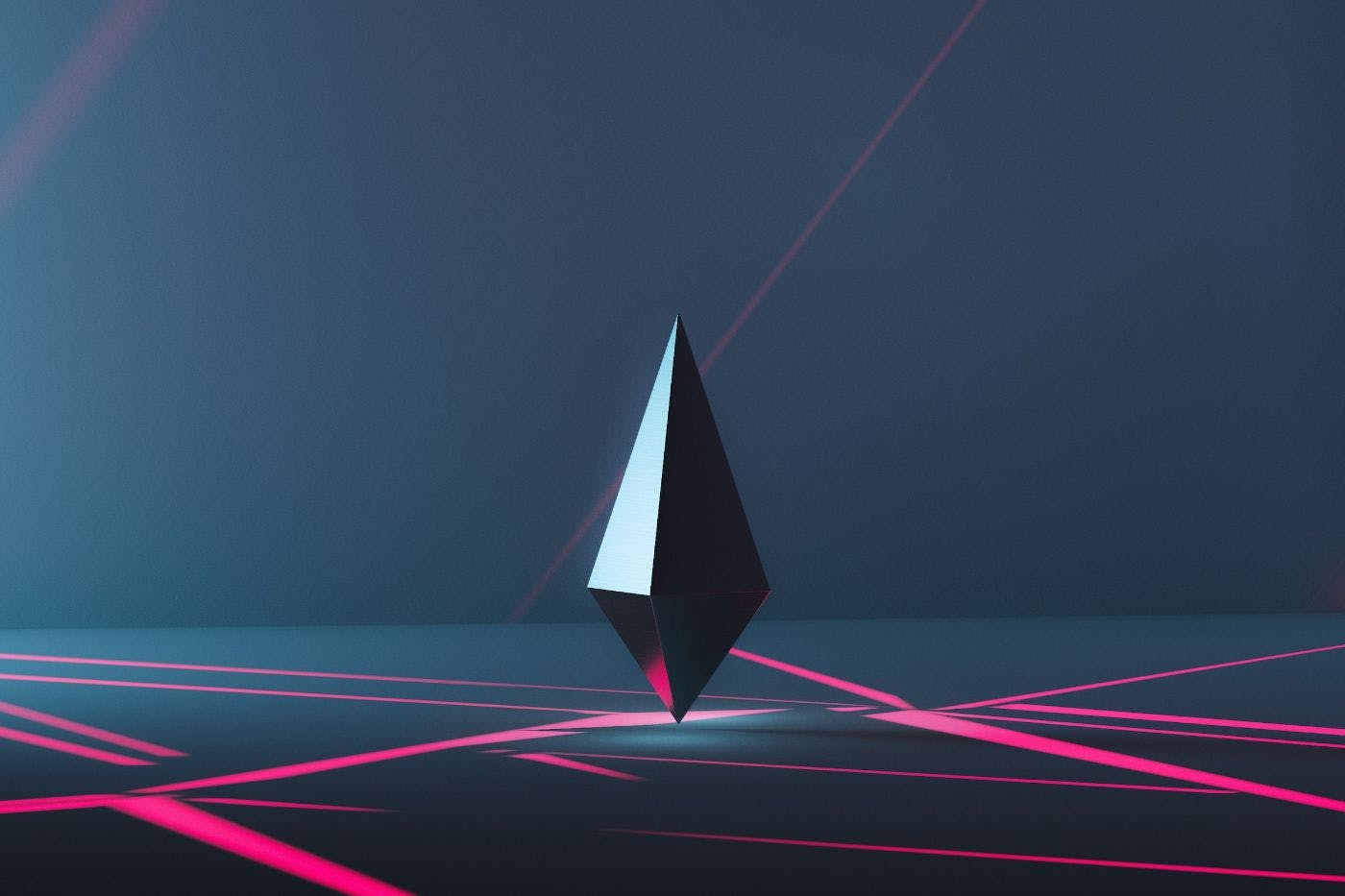850 reads
Decentralizing AI: The Ambitious Plan to Solve the Global GPU Shortage
by
October 13th, 2023
Audio Presented by

Building and Covering the latest events, insights and views in the AI and Web3 ecosystem.
Story's Credibility





About Author
Building and Covering the latest events, insights and views in the AI and Web3 ecosystem.
